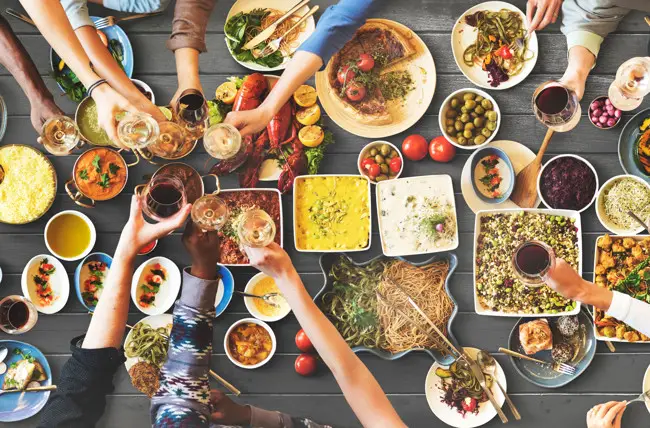It’s challenging to pack a school lunch for your child that will satisfy both you and your child. Make packing a school lunch easier on your conscience, your wallet, and your kids’ taste buds with easy tips from a registered dietician.
But packing a nourishing, eco-friendly, budget-savvy lunch is doable. This back-to-school primer is loaded with simple, creative ideas both you and your kids will feel good about.When you were young and single, preparing lunch was easy: tuna on crackers, a slice of leftover pizza, SpaghettiOs (hey, it may not be gourmet, but it’s good). But once you become a parent, the word “lunch” takes on a new meaning. Sometimes packing school lunches feels like sprinting a nine-month marathon. Between what they want, what you want them to want, what’s good for the environment, and what’s within your budget, things can get complicated.
Go green.
| “Between what they want, what you want them to want, what’s good for the environment, and what’s within your budget, things can get complicated.” |
One average-sized middle school creates more than 40,000 pounds of lunch waste a year—that’s 67 pounds of waste per child. Parents can play a role in helping the environment by packing waste-free lunches, from investing in reusable containers to buying economy-sized snacks.
As an alternative to plastic bags, pack your kids’ food in reusable containers (bonus: They come in fun colors, patterns, and styles). You could even try Japanese bento boxes, which prompt you to serve a variety of foods in appropriate portion sizes.
Paper lunch sacks may be the norm, but every year enough paper is thrown away to make a 12-foot-high wall stretching from New York to California. Tossing an ice pack into an insulated lunch tote helps reduce waste and keep food cold until lunchtime. Options abound, from soft purses and animal-shaped shoulder bags to space-saving Dabbawalla Snack Sacks that fit easily inside a backpack.
To keep your child hydrated, consider buying reusable water bottles like the Bobble, which has a built-in water filter. Let them pick out their favorite style—they’ll be more apt to drink out of it if they like the bottle. Check out nymetroparents.com/bottle for a few options we love.
Make food fun.
Kids, like adults, want to eat food that looks good. Pre-packaged meals may be attractive, but they’re often loaded with sodium, fat, and sugar. If you make lunch at home, you get to control the ingredients. These kid-approved quick and simple prep tricks will amp up lunch’s fun factor while still keeping the meal fresh and healthy:
|
Shop smarter.
Price check! When shopping, check if the economy size is a better deal than the smaller bags by comparing their unit prices. Ignore the total price—whichever item has a lower unit price is the bargain. Portioning cookies at home from a family-sized bag is more cost-effective and eco-friendly than buying snack-size bags.
Companies pay to showcase their product on the middle shelf because it’s where your eye goes first. Those items tend to be the most expensive, so look above and below the product to find a better deal.
Save money for what matters. Don’t splurge on whole-grain products unless the ingredients label lists a “whole” grain first. Examples include whole wheat, brown rice, and oats. Products labeled “multigrain” or “wheat” may be mostly white flour with just a sprinkling of grains.
The same goes for organic fruits and vegetables: Focus on produce with the highest levels of pesticide residue, including apples, celery, and strawberries. Make organic shopping easier by downloading the Environmental Working Group’s Dirty Dozen Shopper’s Guide app to your smartphone: ewg.org/foodnews/guide.
Caroline Kaufman, MS, RD, is a registered dietician, nutrition consultant, and freelance writer. For more of her expert advice, check out her blog, Sweet Foodie, and follow her on Facebook and Twitter.
Also See:





















